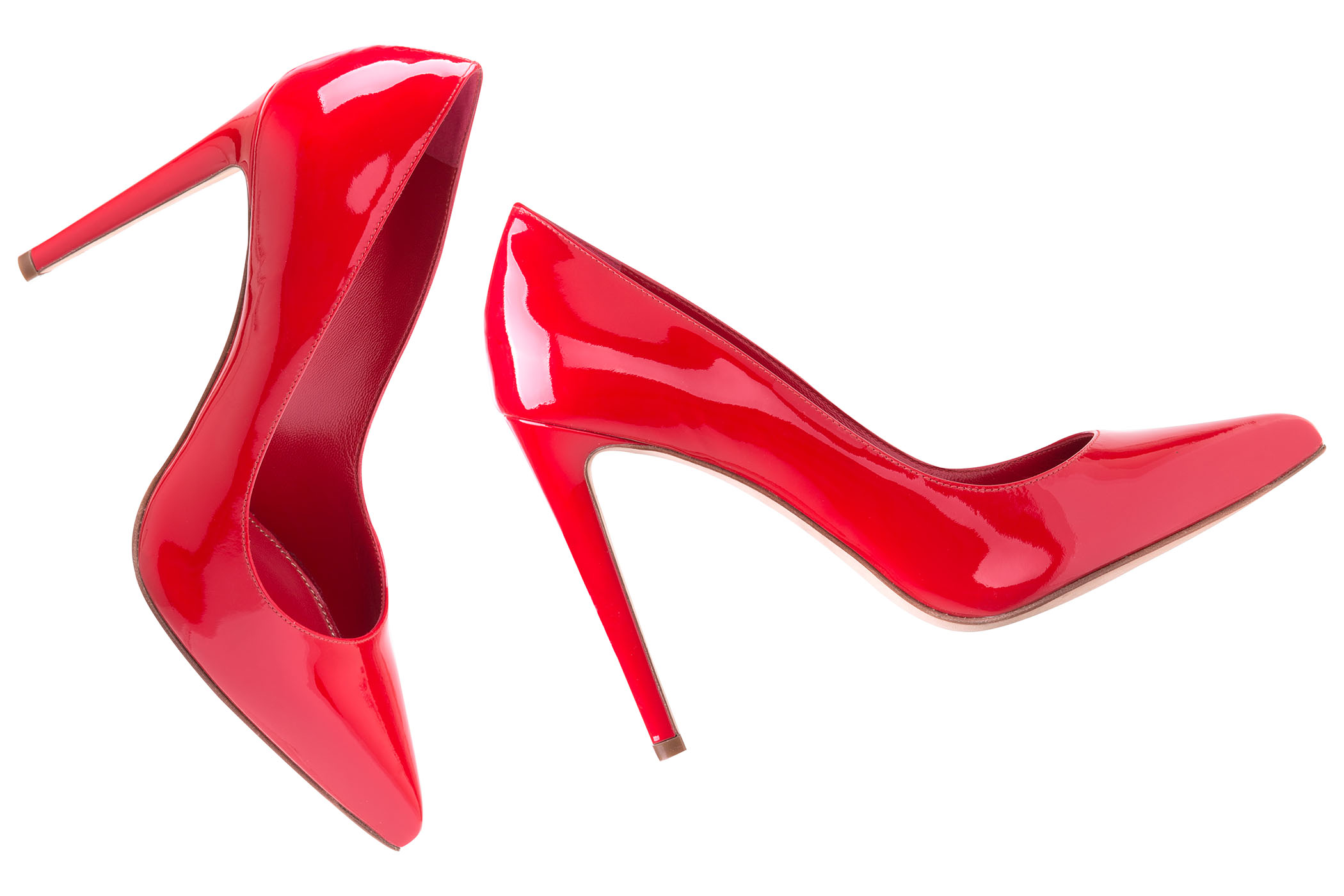An official website of the United States government
 United States Department of Labor
United States Department of Labor

The Entry Level Item (ELI) category of Women’s Footwear is part of the index for Footwear. It includes two categories: (1) women’s casual or dress shoes, boots, sandals, and house slippers, and (2) women’s athletic footwear. Here, we examine the hedonic regression model used in the quality adjustment of price data for the first group, women’s boots, shoes, sandals, and slippers.
The sample used for the current hedonic model for women’s boots, shoes, sandals, and slippers included 1,523 observations from an extract of CPI data for the months of March and April 2022. The model was constructed using web-based information due to restrictions on data collection during the COVID-19 pandemic, unlike models from the past that had a mix of store and website data. There were more than 400 unique brands in the sample, with most brands having fewer than 20 observations. Additionally, the sample included more than 100 outlets of both the brick and e-commerce variety; the top outlet was about 10 percent of the sample.
| Variable | DF | Parameter Estimate | Standard Error | T Statistic | Pr > |t| | Tolerance Statistic |
|---|---|---|---|---|---|---|
|
Intercept |
1 | 4.49857 | 0.03454 | 130.23 | <.0001 | |
|
Type: Above knee boot |
1 | 0.49266 | 0.1315 | 3.75 | 0.0002 | 0.89462 |
|
Type: Mid-calf to knee boot |
1 | 0.21094 | 0.06284 | 3.36 | 0.0008 | 0.79318 |
|
Type: Below mid-calf boot |
1 | 0.11488 | 0.03591 | 3.2 | 0.0014 | 0.56555 |
|
Type: Sandal |
1 | -0.14433 | 0.02922 | -4.94 | <.0001 | 0.59418 |
|
Type: Slipper |
1 | -0.40441 | 0.04179 | -9.68 | <.0001 | 0.77094 |
|
Type: Shoe |
Base | |||||
|
Upper Material: Man-made |
1 | -0.41967 | 0.02754 | -15.24 | <.0001 | 0.62063 |
|
Upper Material: Fabric |
1 | -0.343 | 0.03328 | -10.31 | <.0001 | 0.69251 |
|
Upper Material: Combination |
1 | -0.13663 | 0.04862 | -2.81 | 0.005 | 0.90041 |
|
Upper Material: Leather |
Base | |||||
|
Outsole: Leather |
1 | 0.11036 | 0.05585 | 1.98 | 0.0483 | 0.8704 |
|
Outsole: Man-made |
Base | |||||
|
Brand: Exclusive |
1 | 1.35344 | 0.07217 | 18.75 | <.0001 | 0.7427 |
|
Brand: Premium national |
1 | 0.34165 | 0.03594 | 9.51 | <.0001 | 0.71857 |
|
Brand: Private |
1 | -0.26807 | 0.03495 | -7.67 | <.0001 | 0.90558 |
|
Brand: Miscellaneous |
1 | -0.2945 | 0.06758 | -4.36 | <.0001 | 0.7831 |
|
Brand: National |
Base | |||||
|
Heel Height: >3 inches |
1 | 0.31453 | 0.04055 | 7.76 | <.0001 | 0.78795 |
|
Heel Height: 2-3 inches |
1 | 0.19202 | 0.03567 | 5.38 | <.0001 | 0.75775 |
|
Heel Height: 1-2 inches |
1 | 0.14303 | 0.02678 | 5.34 | <.0001 | 0.68598 |
|
Heel Height: <1 inch |
Base | |||||
|
Closure: Buckle |
1 | 0.11026 | 0.03547 | 3.11 | 0.0019 | 0.72429 |
|
Closure: Zipper |
1 | 0.18765 | 0.04177 | 4.49 | <.0001 | 0.60707 |
|
Closure: Velcro |
1 | 0.1803 | 0.0539 | 3.35 | 0.0008 | 0.87066 |
|
Closure: Laces |
1 | 0.16489 | 0.03928 | 4.2 | <.0001 | 0.80507 |
|
Closure: No closure |
Base | |||||
|
Note: This model contains control variables for type of business, type of store, and geographic region, but they are not used in adjustments. |
||||||
Access data for Footwear in our online database.
Additional information may be obtained from the Consumer Price Index Information Office by email or calling 202-691-7000. Information on the CPI's overall methodology can be found in the BLS Handbook of Methods.
Last Modified Date: June 27, 2024